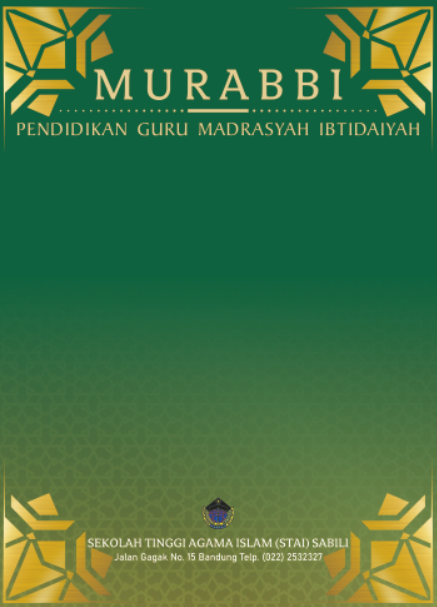Penerapan RME: Peningkatan Prestasi Belajar Matematika Murid
DOI:
https://doi.org/10.69630/jm.v4i1.61Keywords:
Classroom Action Research, Realistic Mathematics Education, Learning Achievement, Elementary SchoolAbstract
This study aims to analyze the effectiveness of implementing the Realistic Mathematics Education (RME) approach in improving the learning outcomes of sixth-grade students at 1 Samigaluh State Elementary School. The method used is Classroom Action Research (CAR) with a research sample of 29 students. The study was conducted in two cycles over three months, from December 2024 to February 2025. Research instruments included open-ended tests to measure students' understanding and observation sheets to assess the learning process. Data were analyzed descriptively through data reduction, data presentation, as well as analysis and interpretation of research findings. The results showed that before implementing RME, students were less active in learning, with a mastery level of only 27%. In Cycle I, after applying RME, there was a gradual improvement, with the mastery percentage increasing to 38% in the first meeting and 56% in the second meeting. However, these results did not yet meet the minimum success indicator (≥75%), requiring improvements in Cycle II. In the first meeting of Cycle II, the achievement percentage reached 78%. By the second meeting of Cycle II, student learning outcomes reached a maximum level of 98%. The gradual implementation of the RME approach, accompanied by increased student engagement and variations in teaching methods, can significantly enhance students' mathematics learning outcomes









